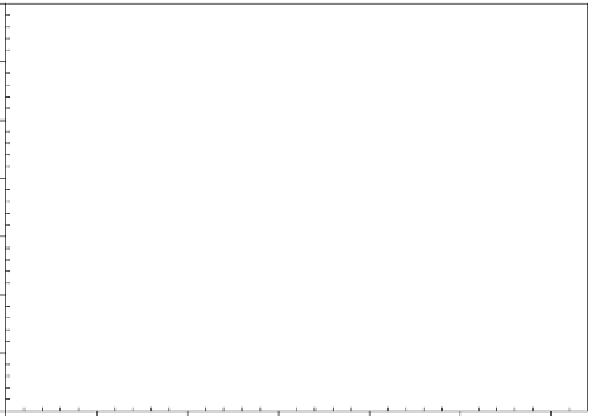Environmental Engineering Reference
In-Depth Information
available brand, was attempted with more success. The nitrogen concentra-
tion was maintained, however, only until the next rain event, at which time
it was leached out of the soil. Clearly, a specially formulated slow-release
form of nitrogen would be required to maintain nutrient levels in the soil
without continual reapplication. Following each nitrogen addition, an
increase in CO
2
production, indicative of respiration, was observed. Phos-
phate was not limiting in this system, and heavy metals were not present in
concentrations that would inhibit microbial activity.
The initial soil pH in the LTUs was 9. Treatment resulted in a decrease
to pH 7.4 at 3 and 4.5 months in LTUs 1 and 2, respectively. The divergence
in pH trends corresponded directly with a divergence in microbial commu-
nity structure, as demonstrated by the increase in Gram-negative micro-
organisms. By 6 months, the pH in both LTUs had returned to 7.8. Continuing
analysis of the biological community did not indicate a convergence of the
community structure. The soil pH in both LTUs averaged 7.7 for the duration
of phase 2.
7.4.2.2 PAH removal
The average total PAH concentrations at the end of phase 2 (30 months) in
LTUs 1 and 2 were 3860 and 4102 mg/kg, respectively. The initial total PAH
concentration of the POPILE soil was 13,000 mg/kg (Figure 7.23). The reduc-
tion in total PAH in both LTUs 1 and 2 was 69%. The error bars indicate the
95% confidence limit. The final PAH concentrations are not significantly
different between LTU 1 and LTU 2 (
p
= 0.05). Degradation in both LTUs
14000
13,254
LTU 1 - natural attenuation
LTU 2 - traditional landfarming
12000
10000
12,570
r
2
= 0.962
b = 0.04749
8000
6000
4,102
4000
3,860
2000
0
0
5
10
15
20
25
30
Time (study months)
Figure 7.23
PAH concentration in LTU 1 and LTU 2.

























































